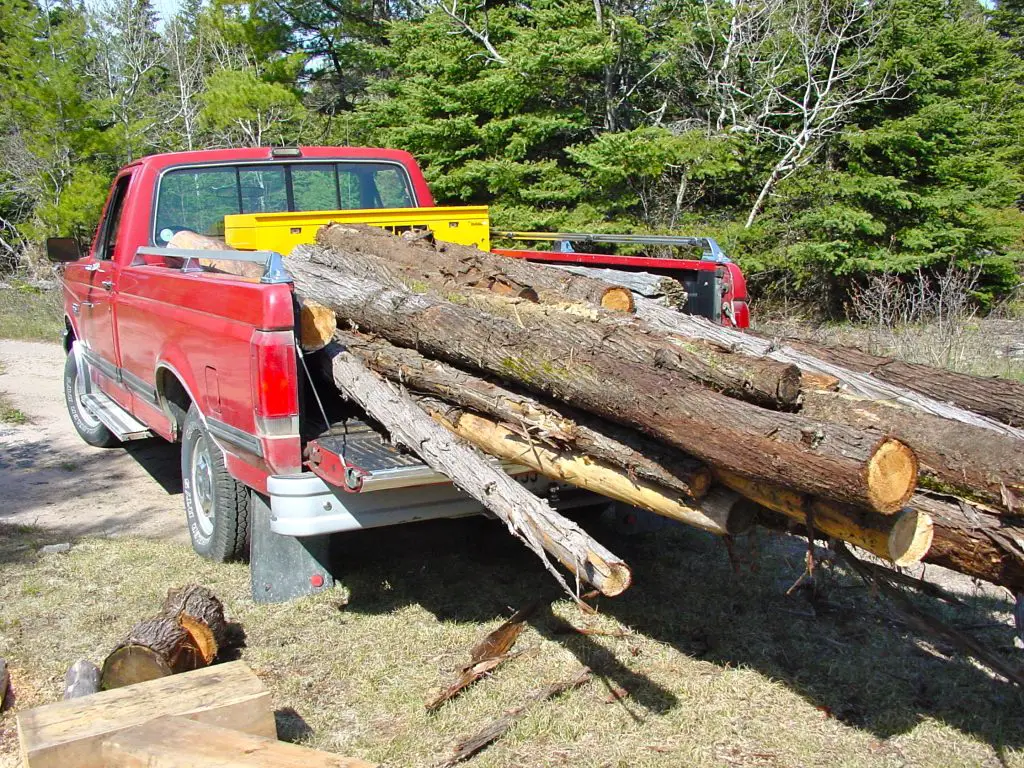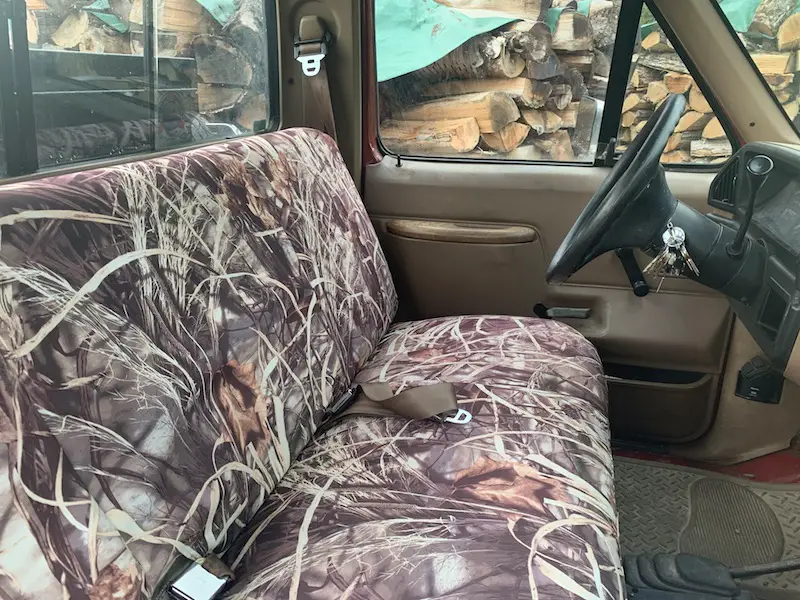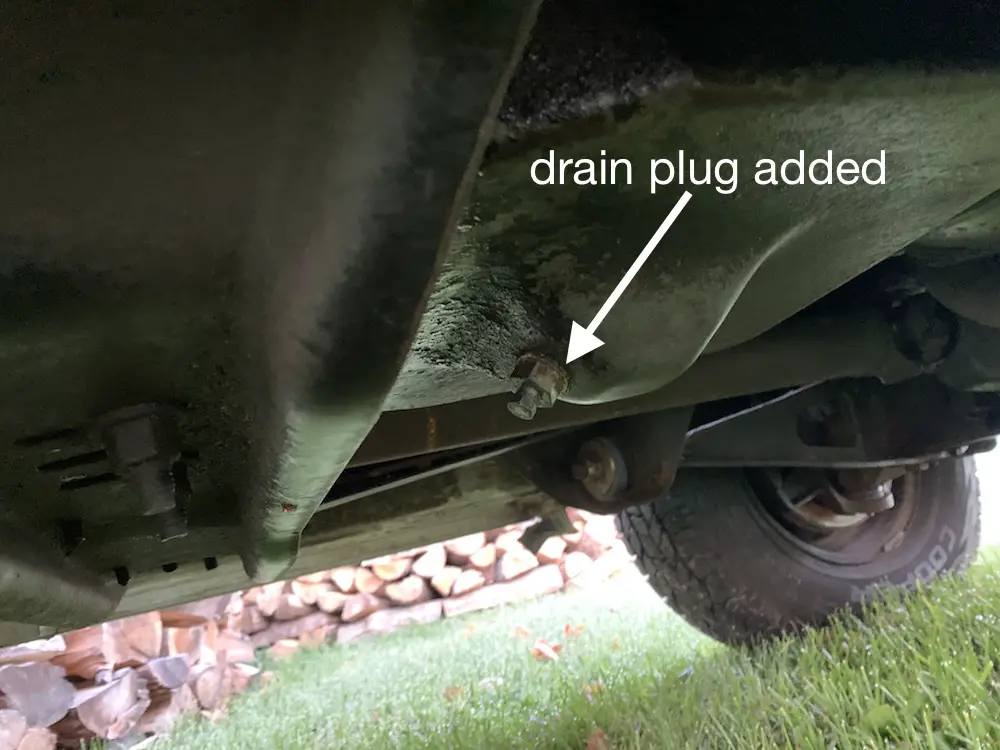Some people manage personal vehicles like tubes of caulking – use them up and throw them away. Not me. I aim for a vehicle maintenance strategy aimed at long-haul ownership. Why? Two reasons: it’s cheaper and it’s more fun. When you’ve been living with a vehicle for 10, 20 or 30 years through thick and thin, you develop a connection that never has a chance to happen for people who keep vehicles for only a few years.
- Reading Time = 8 minutes
- Video #1 Watch Time = 6 1/2 minutes
- Video#2 Watch Time = 11 minutes
If you’re willing to exchange the panache and social standing of a new vehicle for cash in your pocket, then long haul ownership is the way to go. In fact, as your vehicle gets older and older and you keep it looking good, a whole new kind of panache starts to emerge – the panache of the “antique”. I’m cheap and I’ve crunched the numbers so I know this approach also makes the most financial sense because I’ve driven the talk for more than 35 years. Click here for a video story about the two old trucks I’ve owned and used here on our Manitoulin Island homestead.

My 1990 Ford F-150: 33 Years of Faithful Service Less Than $100/Month
On average I’ve spent less than $1000 a year repairing and maintaining my 1990 Ford F150 4WD truck in top shape since buying it used in mint condition in 1998. This includes a new paint job back in 2009 (I need another one now). Some years cost more for maintenance ($3k to $4k), some years cost pretty much nothing for repairs. This works out to “payments” of about $80 to $100 per month for ownership. Compare this to financing a new vehicle, and it’s way, way less. Why is it that people think nothing of dropping $500 to $800 a month on new vehicle payments for years on end (plus enduring massive depreciation), yet if they had to pay half that each month for repairs, they’d figure they were driving a lemon? I don’t understand, but I suspect it’s a way of justifying the high cost of the glitz that a new vehicle brings. And while glitz feels good for some, do you really need it at all?
Here are my 5 best vehicle maintenance tips, learned mostly with that 1990 Ford F-150 . . .
Car Maintenance Tip #1 – Prevent Rust With Annual Oil Spray
This is an absolutely vital no-brainer, but hardly anyone ever does this for their vehicles. I’m not talking about undercoating (that stuff promotes rust), but rather an oil-type treatment applied underneath and inside all body parts. I favour Krown Rust Control because it’s got a long track record and continues to creep slowly into every nook and cranny. RustCheck is another brand I like. These days I buy my own spray compound in 20 liter pails and do the spray work myself in the driveway.
Ford trucks like mine were never known for rust resistance (especially around the rear fenders). When I had the truck repainted in 2009 because the 19 year-old paint was faded and old, there was no significant rust anywhere – and we get plenty of winter and salty roads where I live in Ontario, Canada. If the body and frame of a vehicle goes bad, there’s no way a long haul maintenance strategy makes sense. That’s why annual rust prevention is key. You can see underneath my truck below. Just don’t be like most people who never make that oil spray happen.

Very occasionally, small areas of rust have developed in my truck if I failed to get oil where it needed to be. Click here for a video tour of how I fix rust holes with solder instead of autobody filler. The results of this all-metal approach are much better than regular autobody filler.
Car Maintenance Tip #2 – Extend the Life of Seats With Covers
This sounds simple, but it makes all the difference. Seat covers take the wear-and-tear that would otherwise reduce work truck seats to shreds after a mere 10 years. Covers can also be removed and washed. I’m on my fifth set of seat covers since buying the truck in 1998. I don’t baby the vehicle, yet the original seats under the covers are in mint condition. The covers I currently have the RealTree camouflage pattern and are the best I’ve ever used. Besides the great camo pattern, the material is super tough. I might not ever need to get new covers considering how strong this fabric is. Below you can see the ones I bought from an outfit called Shear Comfort Seat Covers.

Besides physical protection, seat covers are especially useful on a work truck like mine. It makes it easier to jump right into the vehicle, even when you’re dirty.
Car Maintenance Tip #3 – Extend the Life of Galvanized Mufflers With Drain Holes
Corrosion of exhaust systems isn’t much of an issue when they’re made of stainless steel (as some systems are nowadays), but you can extend the working life of ordinary galvanized mufflers and pipes by drilling a 1/8” diameter drainage hole or two in the lowest part of the system. Condensed exhaust gases combine with moisture to create a highly acidic solution, and this liquid eats steel quickly if it’s allowed to pool internally within a muffler. Before discovering this trick I’d get two or three years from an exhaust system, then it would be toast. My current exhaust system is more than 21 years old and has not required any work beyond replacing some support brackets with galvanized chain.

Two small drainage holes drilled when my current galvanized system was new has kept things quiet and solid. The last time I had to do any significant repair to the exhaust pipes or muffler was 2002. In 2018 I sprang a leak up in the exhaust manifold, but other than that, it’s been quiet sailing. A big part of that is the way I’ve reinforced the stock exhaust hangers with some galvanized chain, as you can see below. The stock hangers that hold up exhaust systems don’t always age gracefully, and when these hangers let the exhaust system sag it can cause premature failure of the joints. Chain never lets you down.

Car Maintenance Tip #4 – Replace Parts Before They Break
Reliability is vital in a working pickup truck, and that’s why it makes sense to change some key components before they break, not after. Starter motors, batteries, brake lines, motor mounts, belts, hoses and filters are all things that are cheap to replace pro-actively before they turn into an expensive, schedule-busting break-down. Spend a little now, get a lot more vehicle later.

Car Maintenance Tip #5 – Change Transmission Fluid and Filter Regularly
Transmissions made up to about the mid-1980s would operate happily for hundreds of thousands of miles without the need to change fluid at all. Things are different now. Changing tranny fluid and filter every 100,000 km (60,000 miles) is an essential maintenance feature these days because transmissions are built differently. Without fresh fluid, they’ll burn out and hit you with a big and avoidable repair bill.
The thing is, some transmissions make it difficult to drain the old fluid because there’s no drain plug. You have to take the whole pan off to get the fluid out. That was the case with my F-150 as it came from the factory, but I retrofitted a drain plug in the old sheet metal pan. Hardware like this is easy to order on Amazon.

I admit that if everyone adopted my kind of vehicle-management habits, it wouldn’t be good for the auto industry. But still, I enjoy keeping old vehicles in good condition and pocketing the savings. It’s kind of funny, too. The older my F-150 gets, the more compliments I get on it. Besides the cool quirkiness of driving around regularly in a 30+ year old vehicle, if you’re thinking that maybe you don’t need to spend as much as you do on a vehicle, you may just be right.
 I hope you found this article useful. Please consider helping me cover the cost of creating and publishing content like this. Click the “buy me a coffee” button below for a fast, safe and simple way to make a contribution. Thanks for helping keep this website up and running.
I hope you found this article useful. Please consider helping me cover the cost of creating and publishing content like this. Click the “buy me a coffee” button below for a fast, safe and simple way to make a contribution. Thanks for helping keep this website up and running.
– Steve Maxwell


